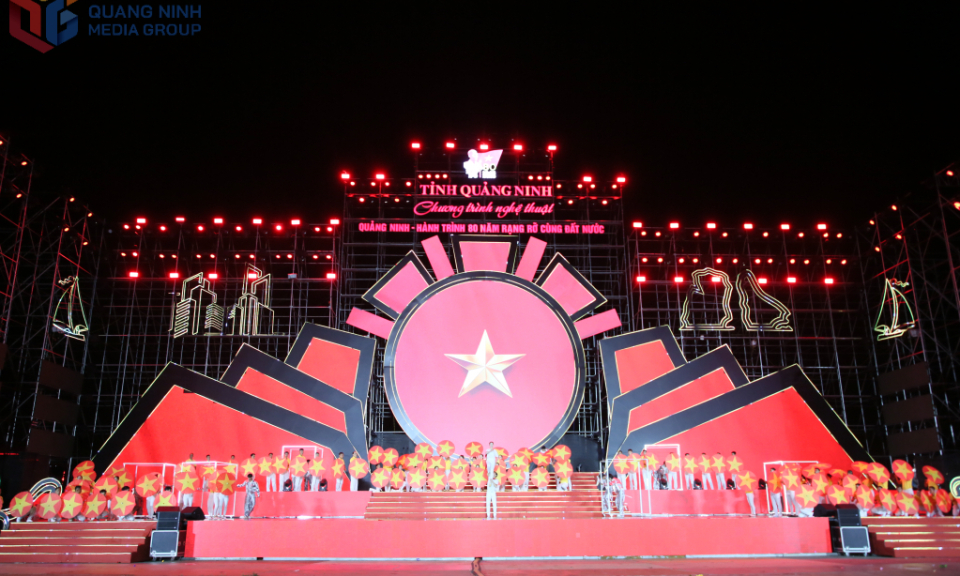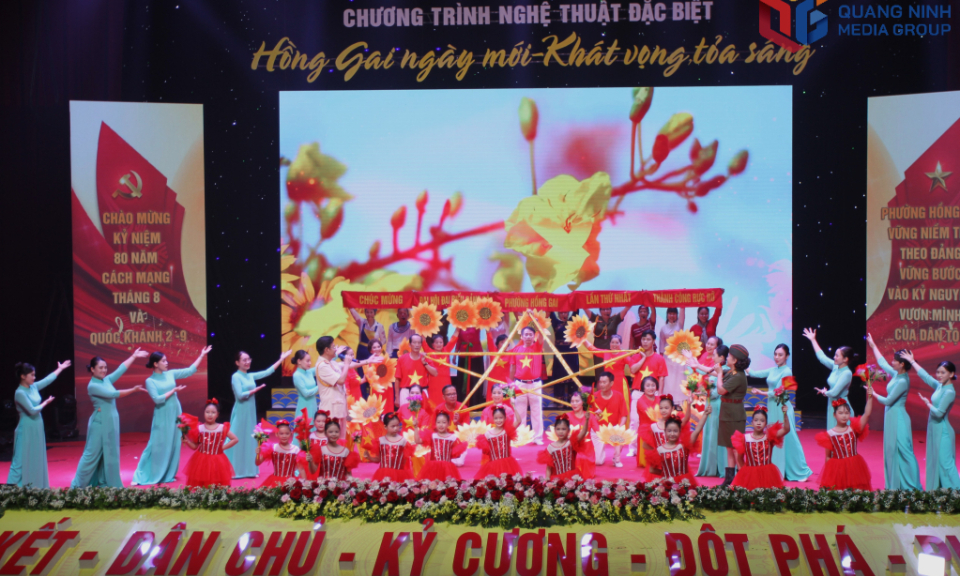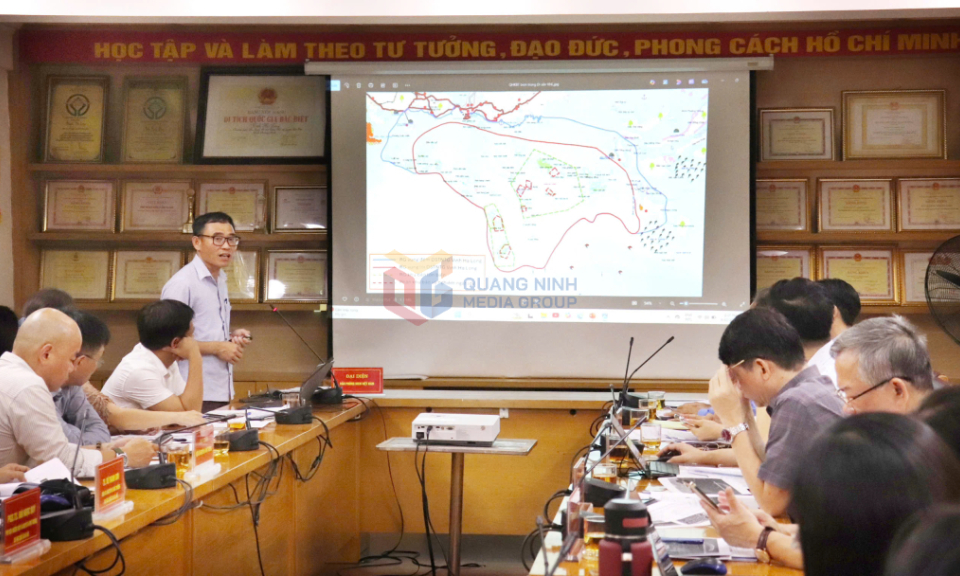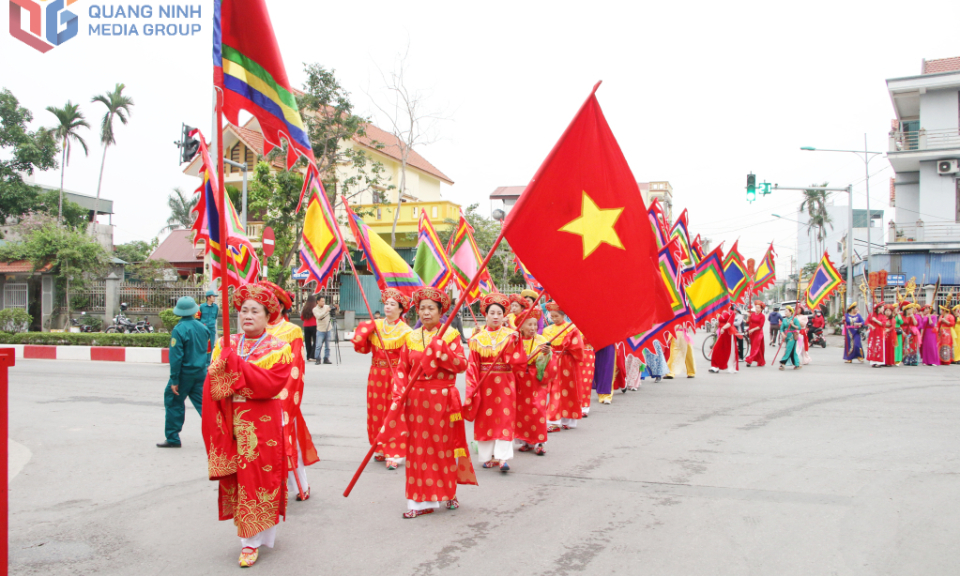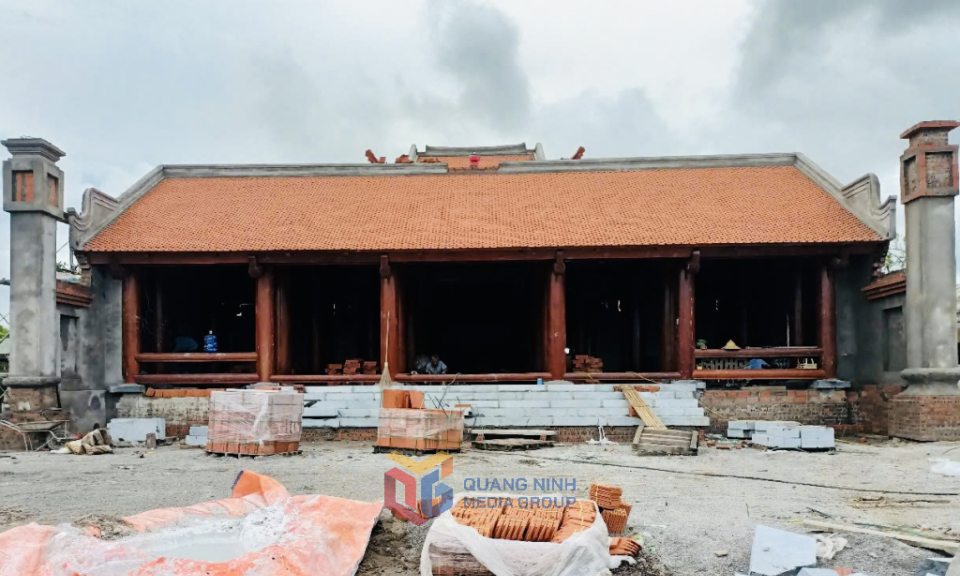Ngoa Van pagoda - a pagoda in the clouds
Yen Tu and Ngoa Van in Quang Ninh province were two important places in King Monk Tran Nhan Tong’s Buddhist life. The King, who was born in 1258 and died in 1308 gave up his power at a young age to lead a monk’s life on Yen Tu mountain, where he practiced and taught Buddhism and established the Truc Lam Yen Tu Zen sect. He spent his final years at Ngoa Van pagoda on Bao Dai mountain.
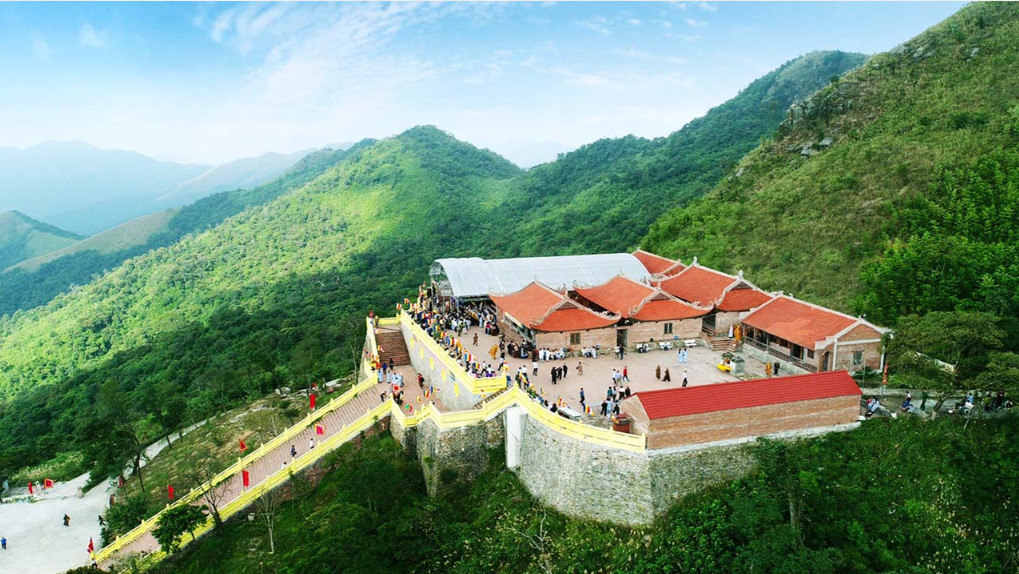
Ngoa Van pagoda, which means "Pagoda in the Clouds", has curved roofs and looks to the sea. This was the final destination of King Monk Tran Nhan Tong’s journey of Buddhist practice, propaganda, and enlightenment. The Truc Lam Yen Tu Zen sect, which integrates Buddhist teachings with Vietnamese culture, is his most precious legacy.
Archaeological studies have found that by the first half of the 14th century, Ngoa Van had become a large mountain top complex which included a hermitage, a pagoda, and a tower where the ashes of King Tran Nhan Tong were kept.
Located in Dong Trieu, the native land of the Tran family, Ngoa Van was selected by King Monk Tran Nhan Tong as the place to practice Buddhism in his final years. It is considered the holiest place in Vietnam because it is where the King attained Nirvana. All the buildings in the Ngoa Van complex as well as special relics built during the Tran dynasty remain intact. Many artifacts of the Tran kings have recently been unearthed, such as a gold lotus-shaped box, which was discovered in 2019 and recognized as a national treasure.
Years ago, the only way to reach Ngoa Van was by climbing a path just wide enough for a single person. The path had bamboo trees and apricot blossoms on one side and an abyss on the other side. The buildings inside the complex are separated by deep streams. In 2016, a cable car to the top of Bao Dai mountain was built using donated-funding.
The Ngoa Van complex holds spiritual significance and boasts magnificent natural scenery of the bow-shaped Dong Trieu mountains. The complex draws thousands of pilgrims to its spring festival each year.

